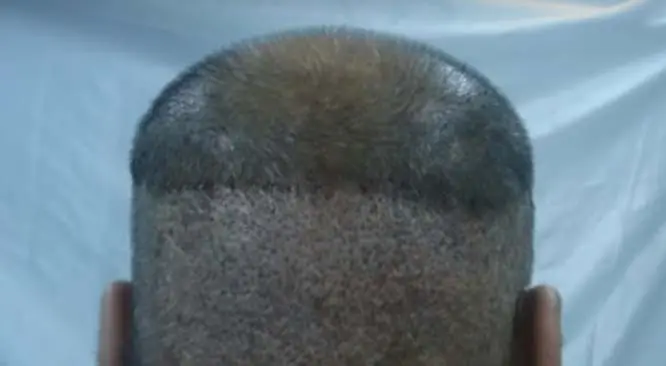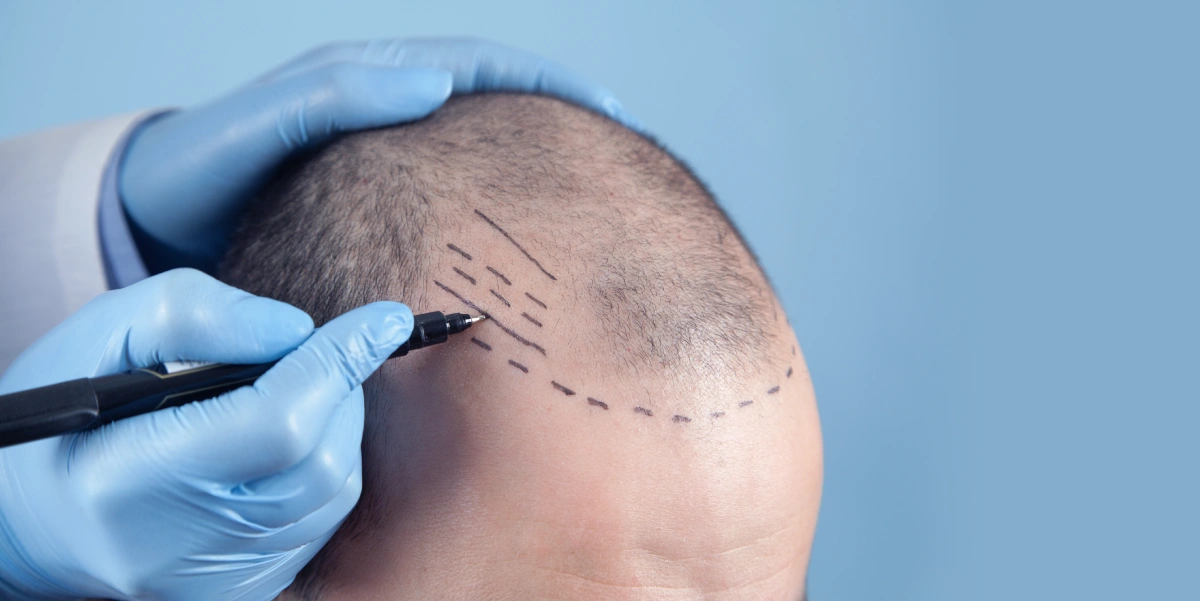An Overview Of FUE (Follicular Unit Extraction) Hair Transplant
- By Harleys Clinic
- Sep, 01 2017
FUE (Follicular Unit Extraction) is a type of hair restoration treatment, in which individual follicular units are extracted specifically from the donor area. A quite small circular shaped incision is made around the follicular unit in the scalp, which is then extracted from the head.
FUE prevents the requirement of a linear incision, which happens in more conventional types of hair transplantation, for example, FUT (Follicular Unit Transplantation), which utilizes a strip harvesting technique.
FUE method was created keeping in mind the end goal to avoid linear scar that outcomes from hair transplantation utilizing the strip gathering technique. FUE is believed to be most appropriate for people who like to keep their hair style short or, interestingly, for the individuals who shave their heads or have a stylish latest trim!
Remember, performing FUE hair transplantation is an exceptionally difficult procedure that should only be performed by skilled, experienced, and qualified surgeon. Before the transplant surgery, the specialist cuts a huge section of the hair in the donor area.
Yes, it’s quite possible to do FUE in a patient with long hair, and then the sides are shaved into strips, which are hidden by the surrounding hair. However, this may result in a visibility issue since the open area isn’t expelled. Remember, keeping the tool exactly parallel with the follicles can be difficult and correct alignment can be a challenge, since the hair on the surface is at a different angle to the follicle under the skin.
Individual scars are created utilizing the Follicular Unit Extraction strategy are too many in number yet they’re extremely small. The recovery and healing is generally excellent after the FUE, but for the first few days, wounds might bleed a bit and crusts will develop.
Follicular Unit Extraction is especially valuable for those patients who have a high risk of scarring in the donor area, which may occur in Indians, or non-whites. You also need to keep in mind that every hair restoration surgery must be undertaken with complete care, especially, in individuals who have known healing and scarring issues, for example in people who have a record of Keloid scarring.
It should be noted that despite the popular notion – FUE does leave behind some scarring. What’s interesting to know is that these individual scars are so tiny and heal so fast that they disappear quite soon and it becomes hard to trace them.
Another benefit of having a FUE hair transplant is that since the healing period is so quick and painless that it inflicts minimal disruption to those patients who take part in sports or any other physical activity.
Additionally, there is negligible uneasiness or discomfort felt by the patient in the donor area, and no post-operative pain occurs in the recipient area of the scalp.






